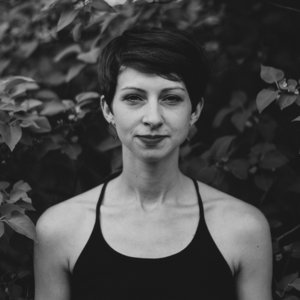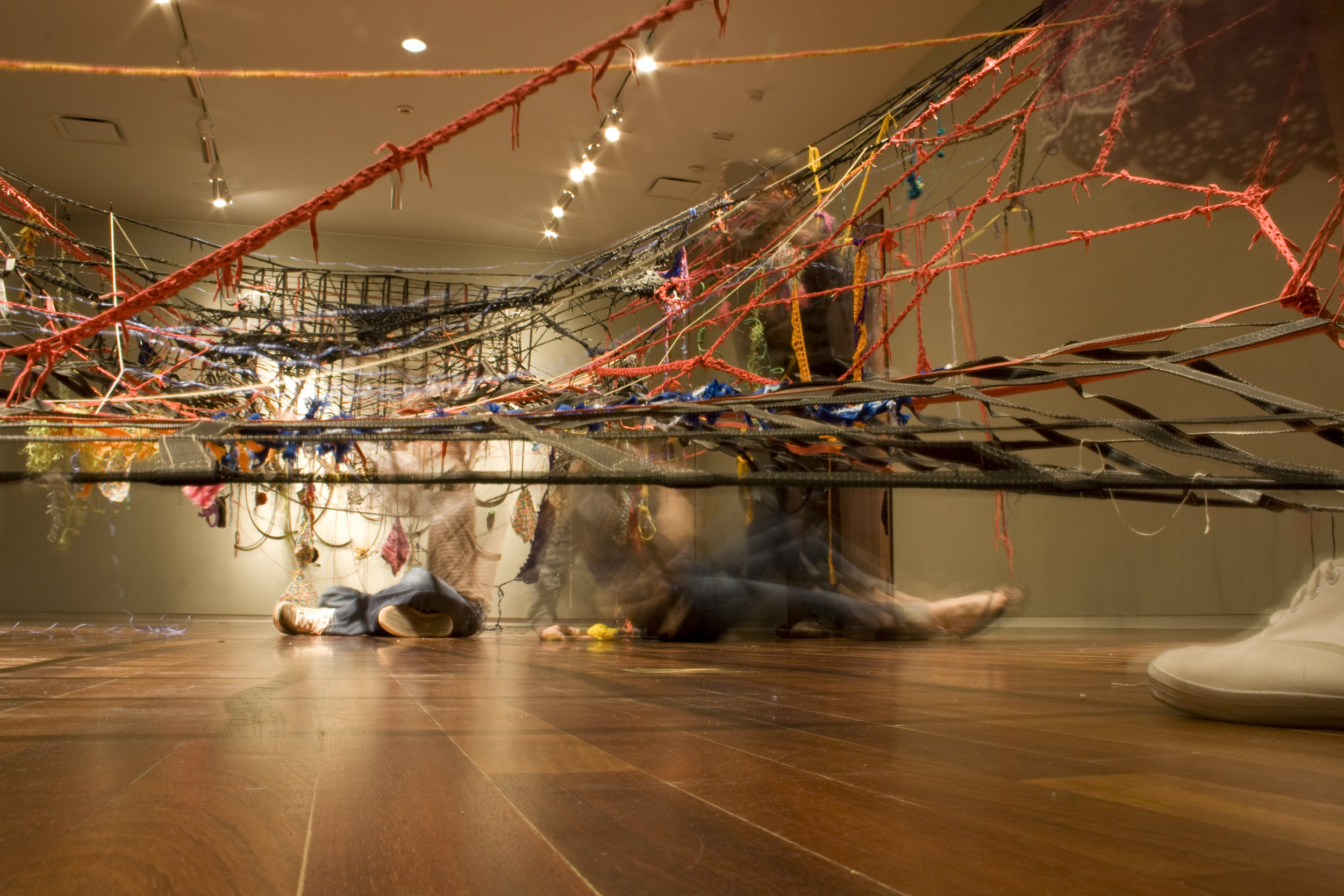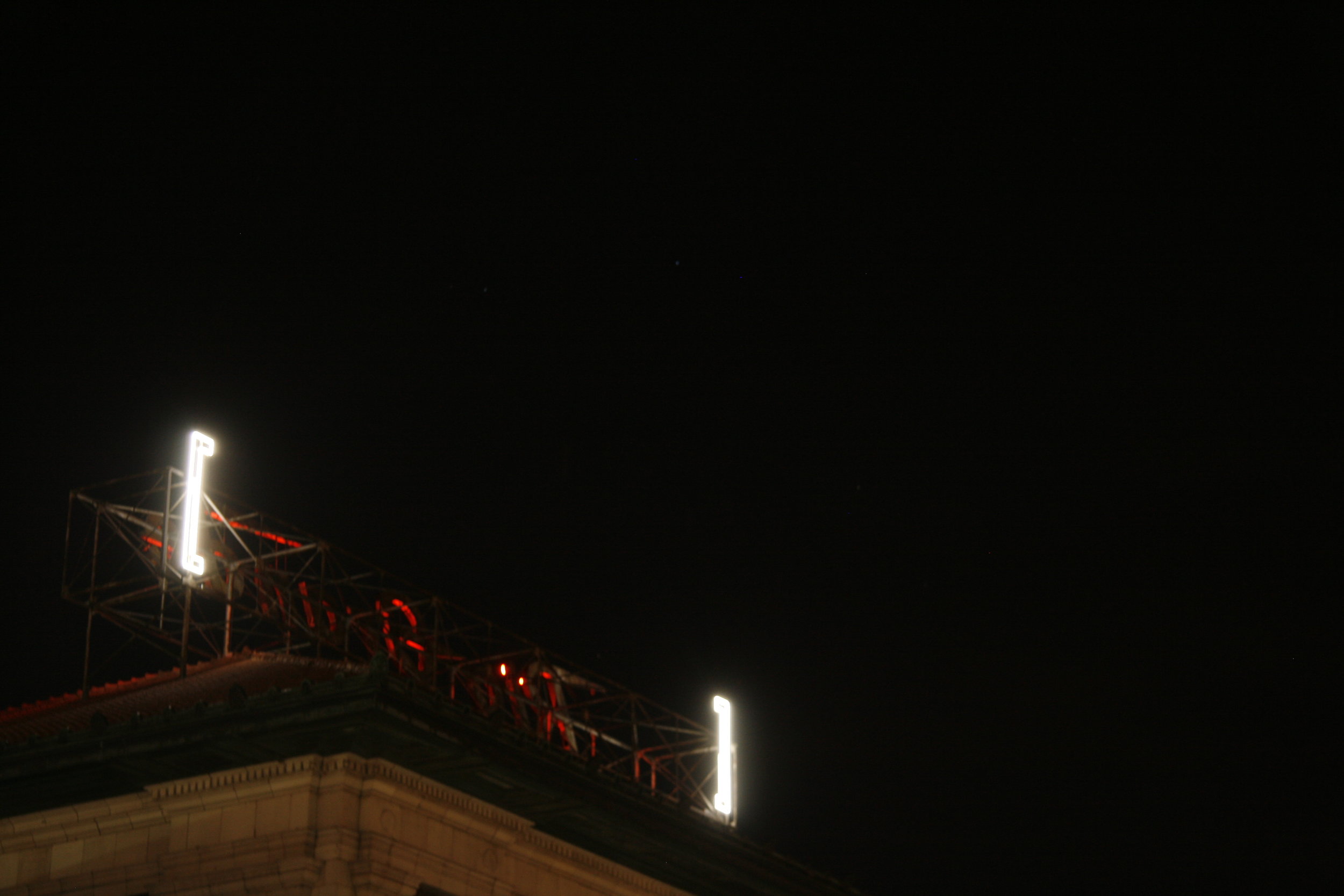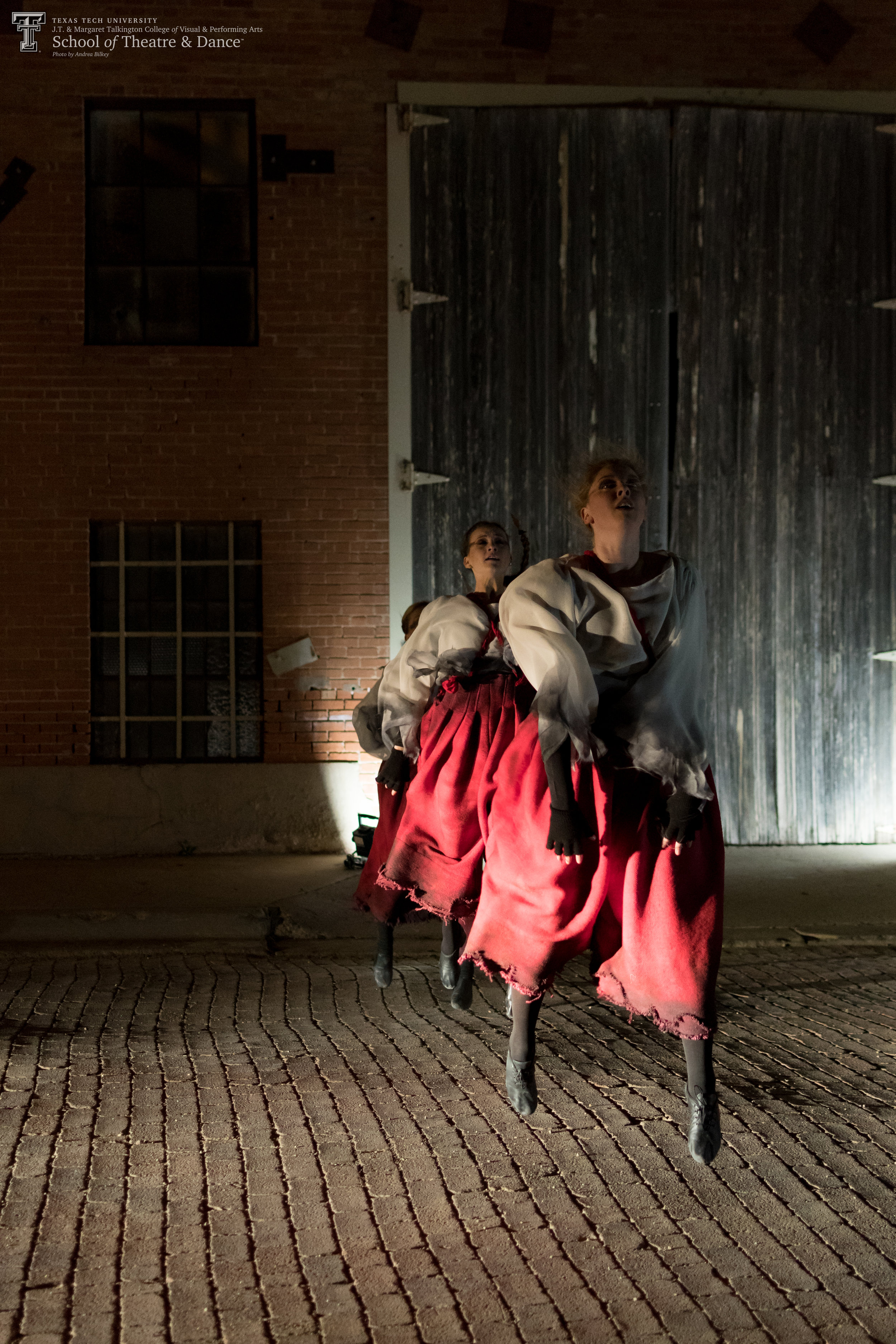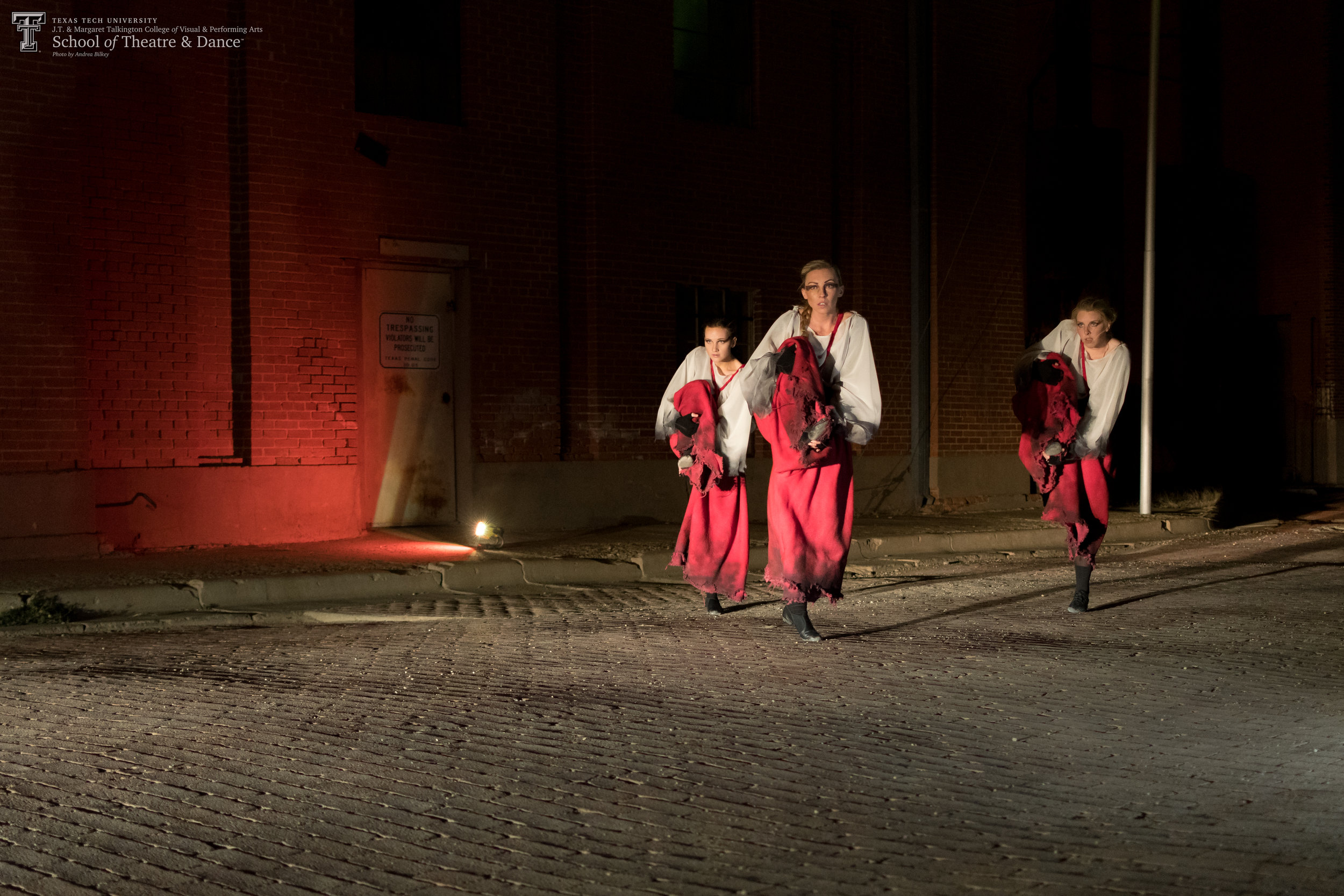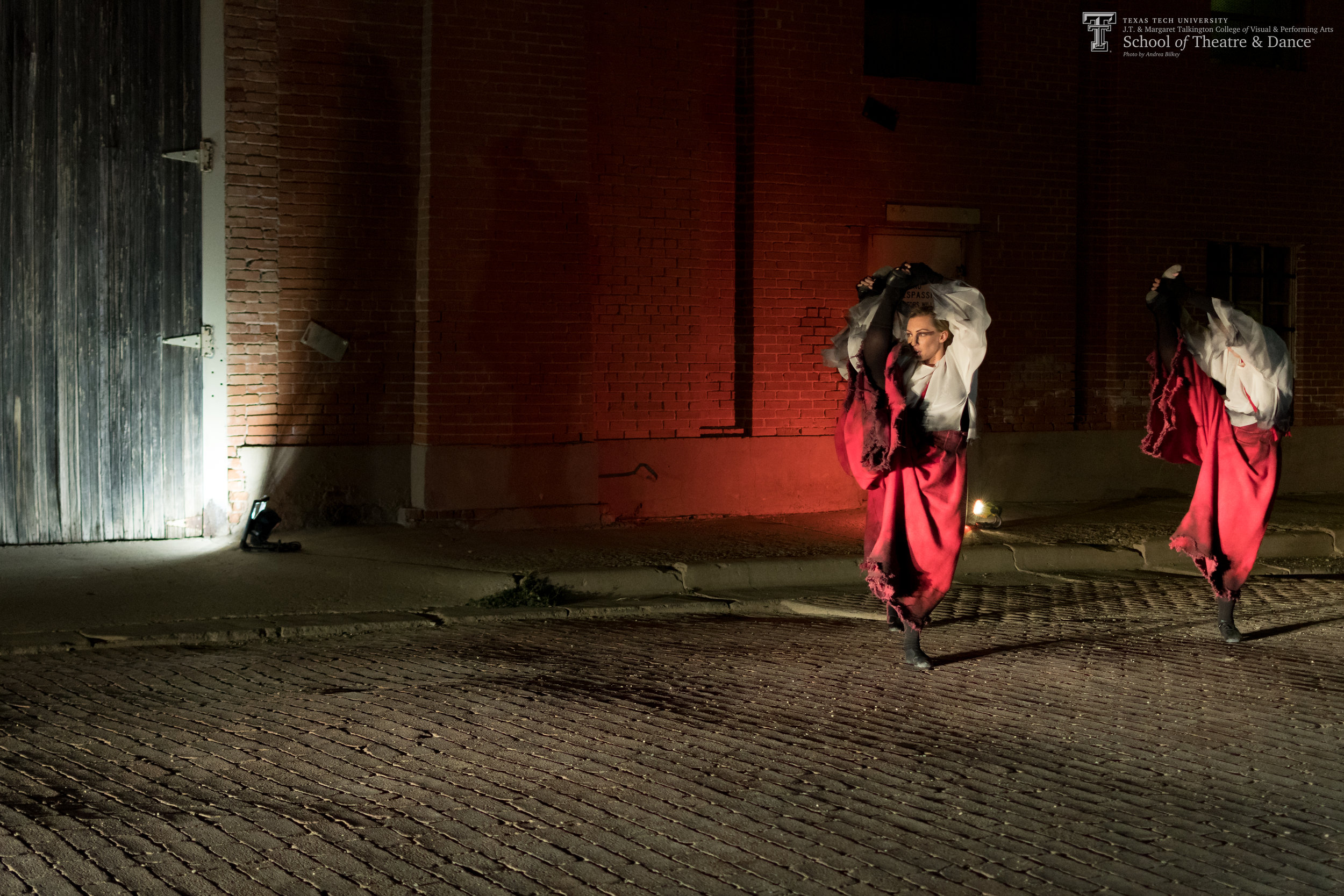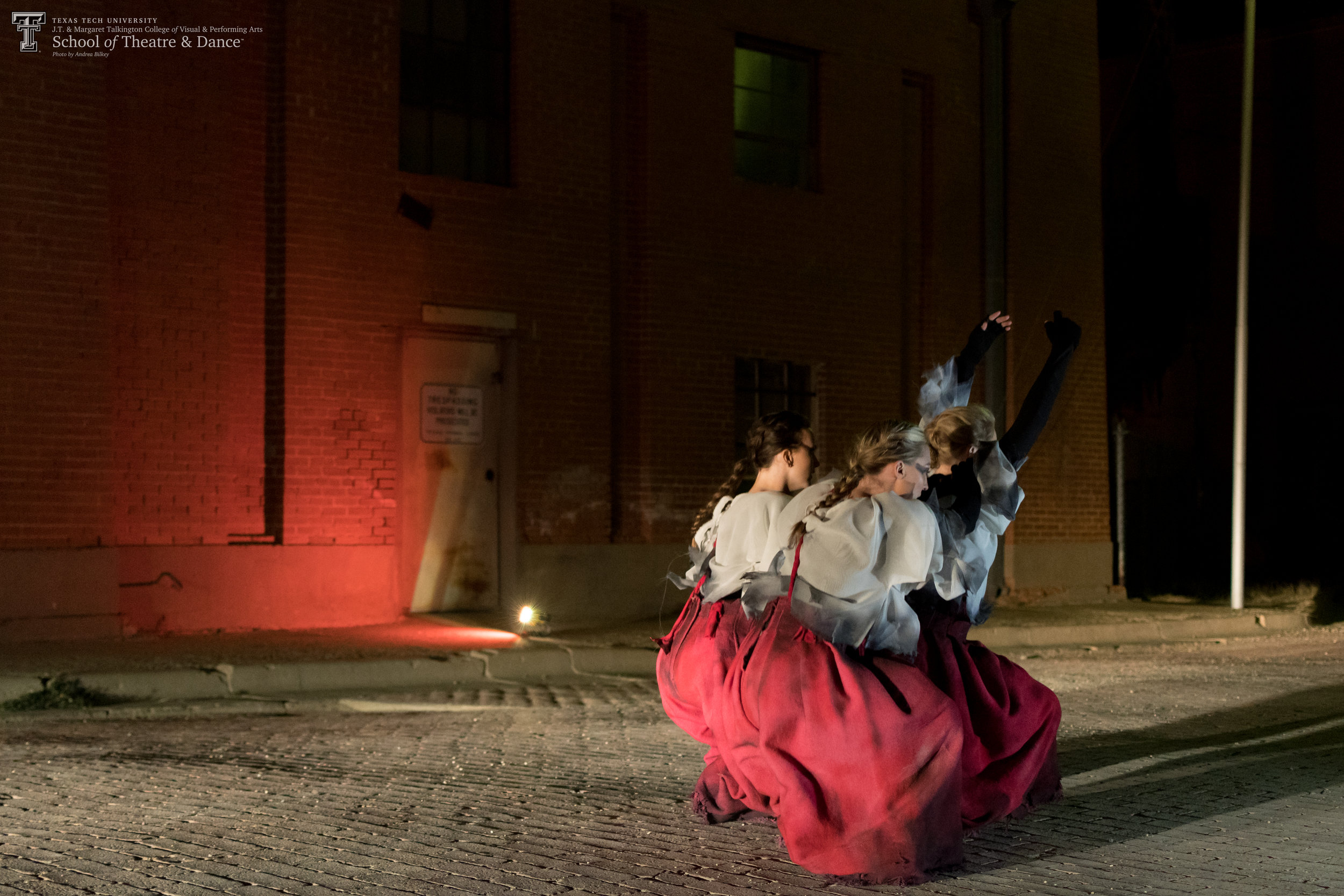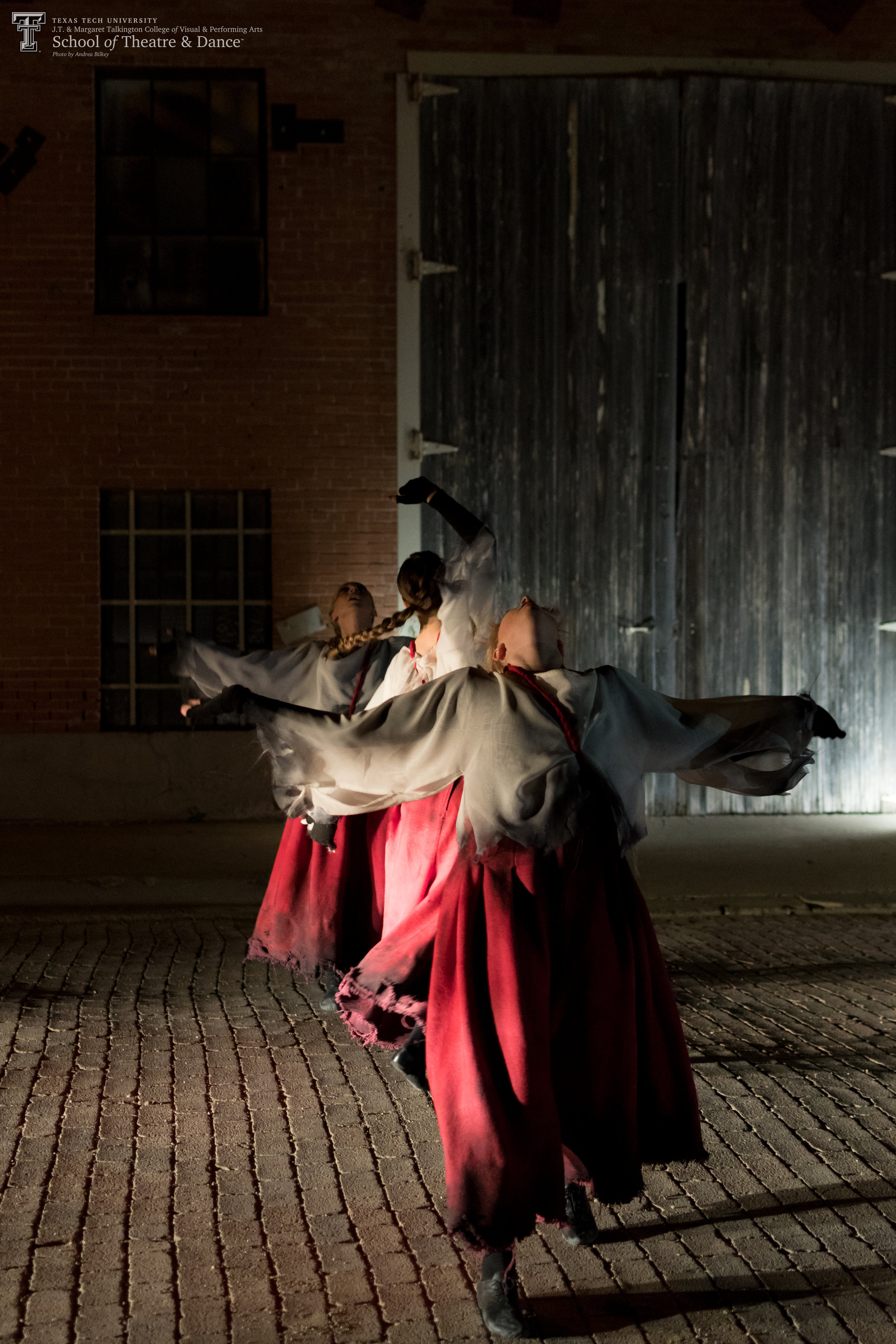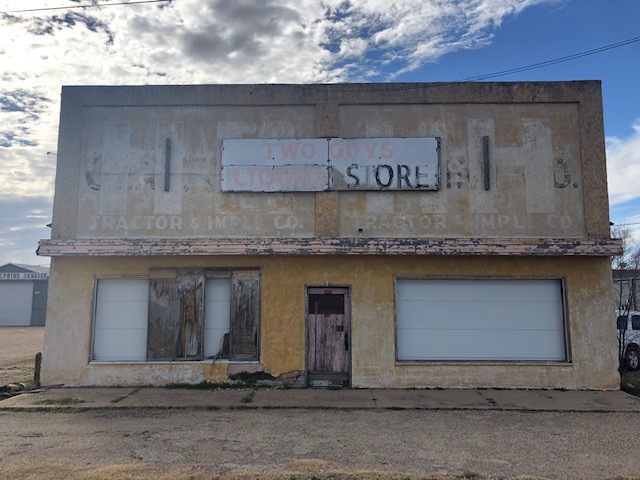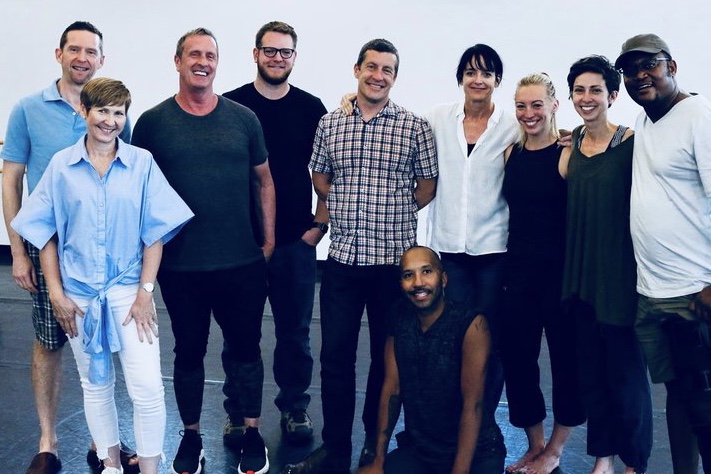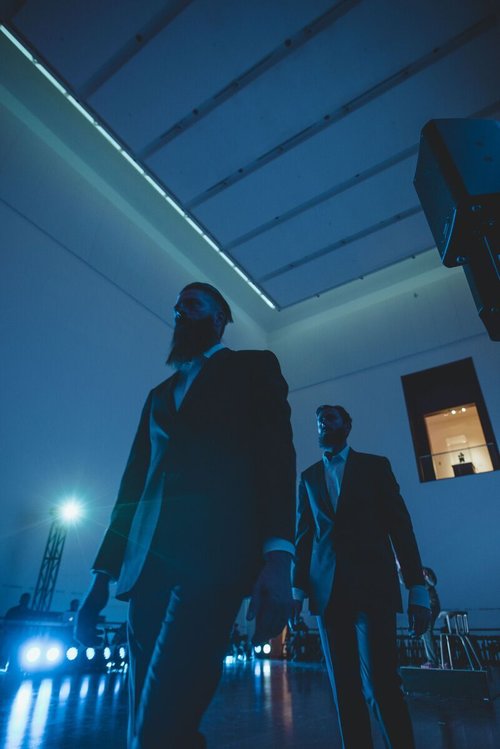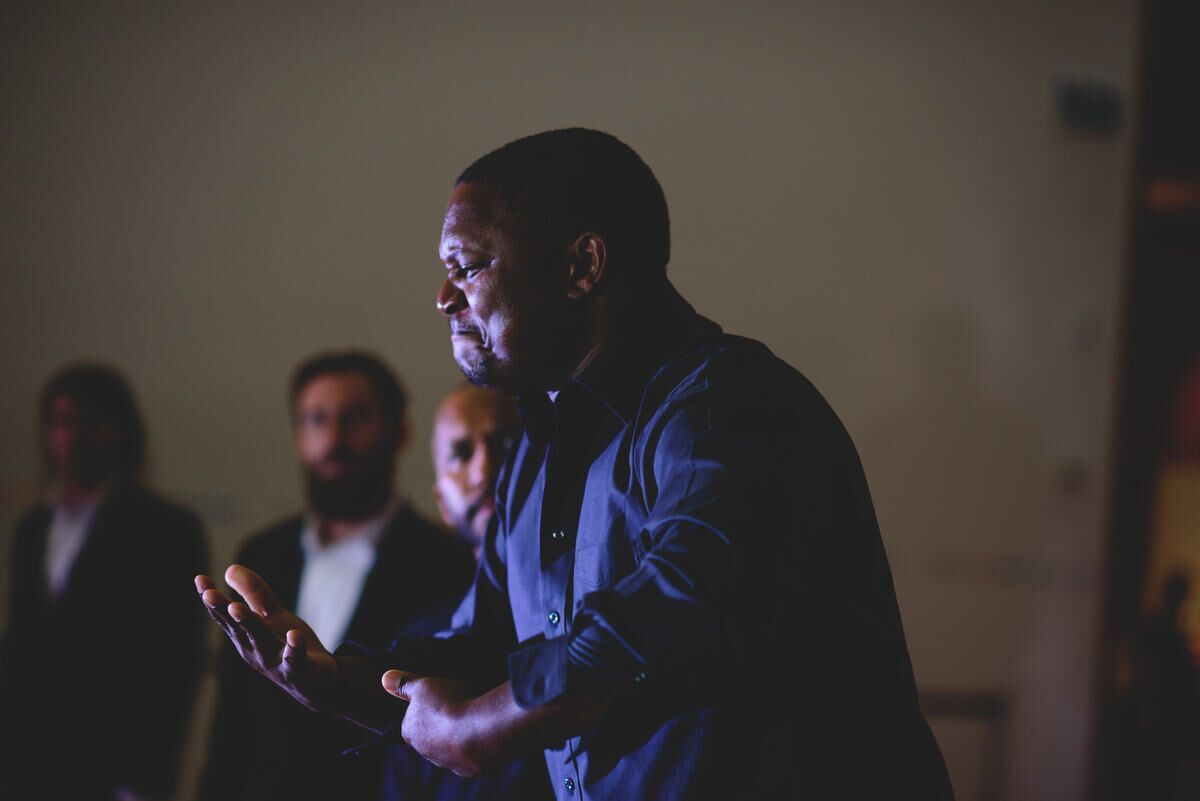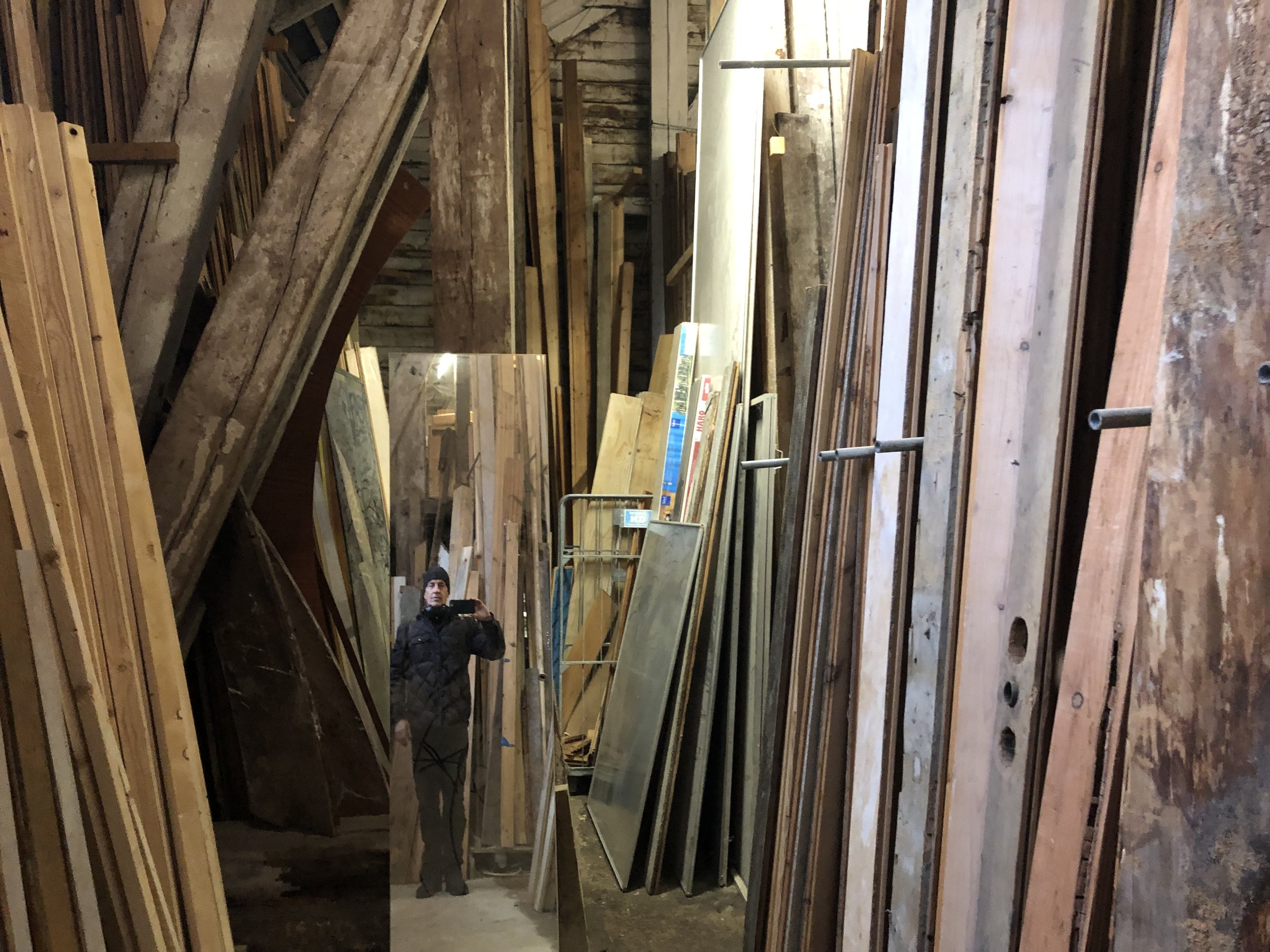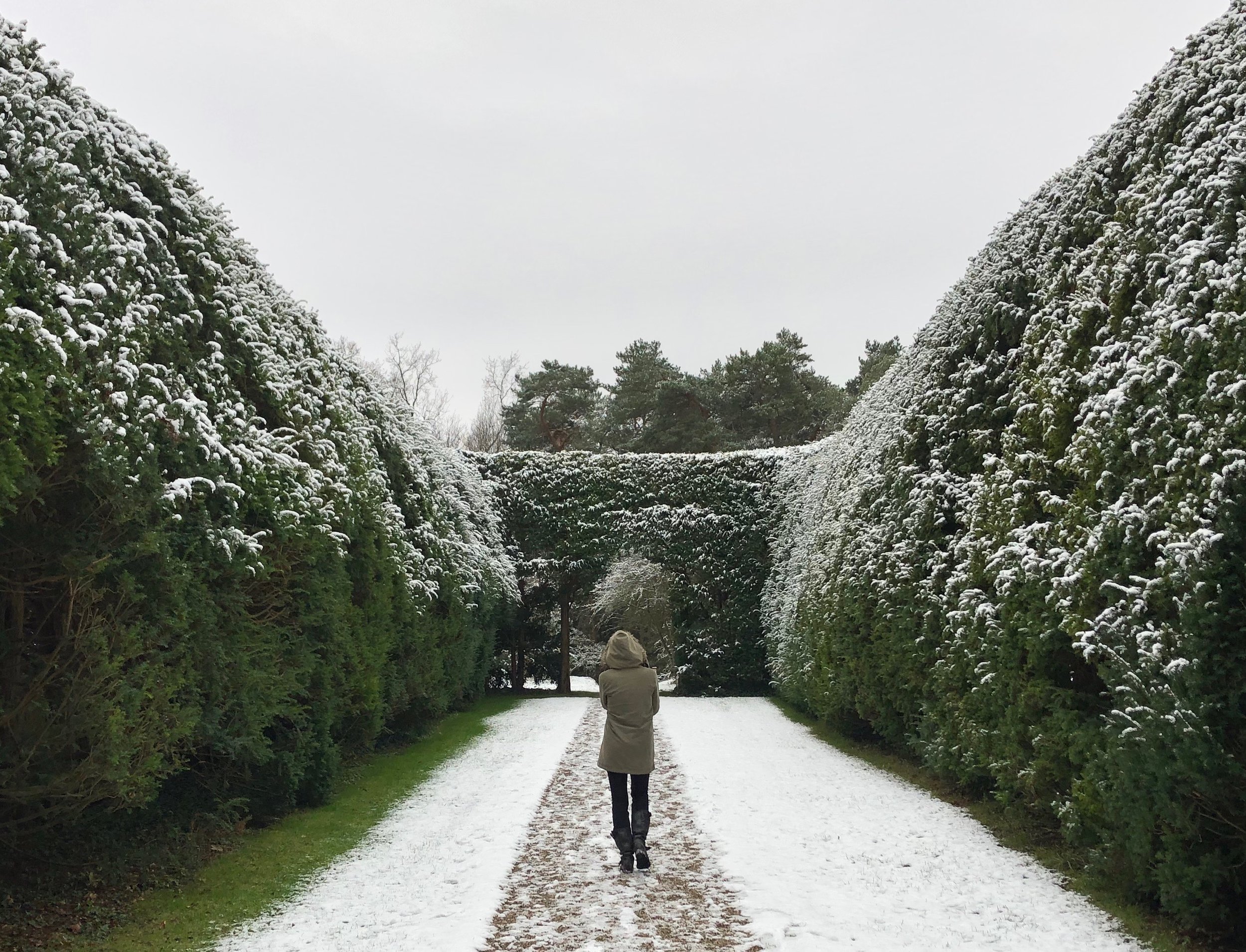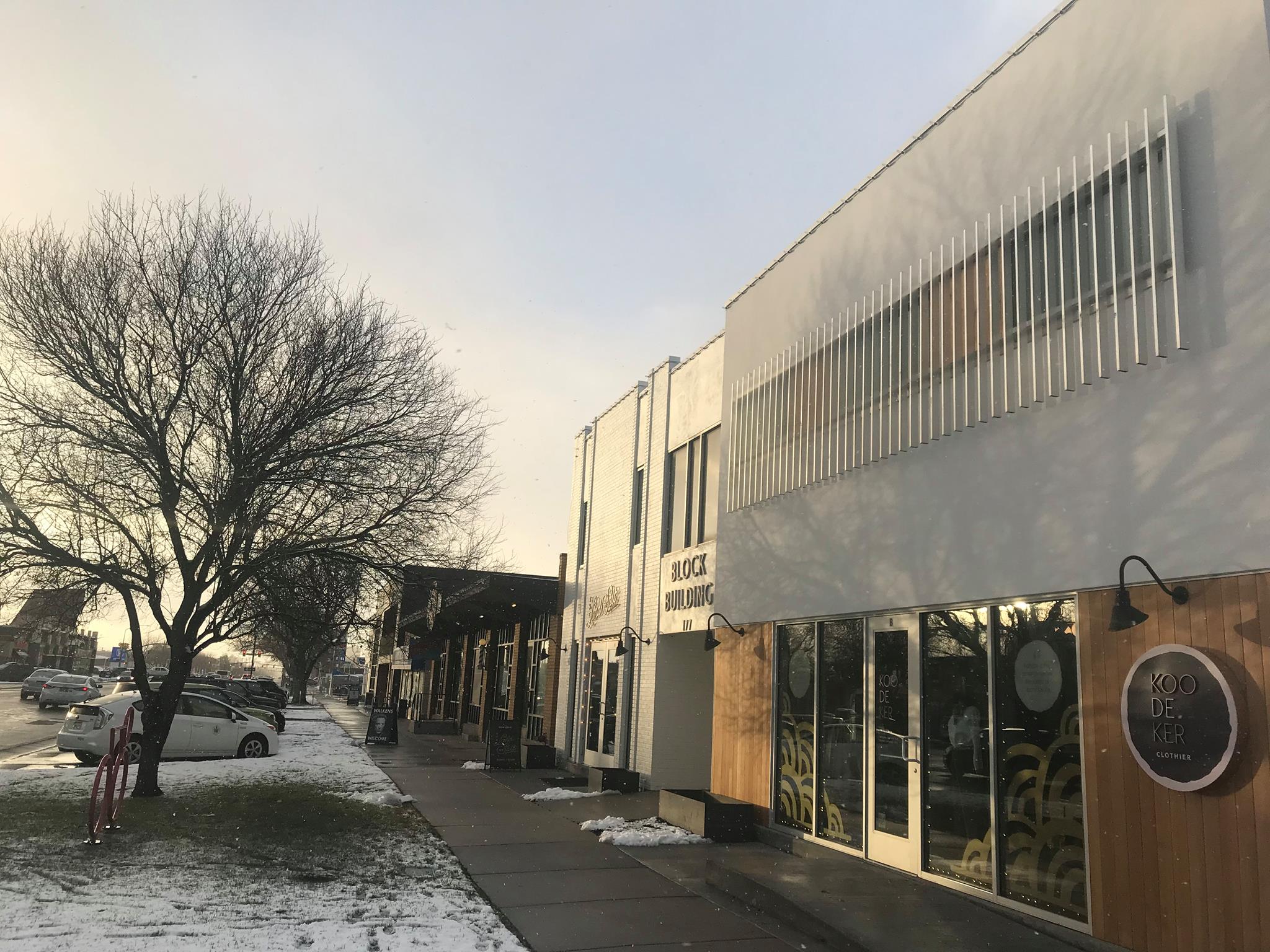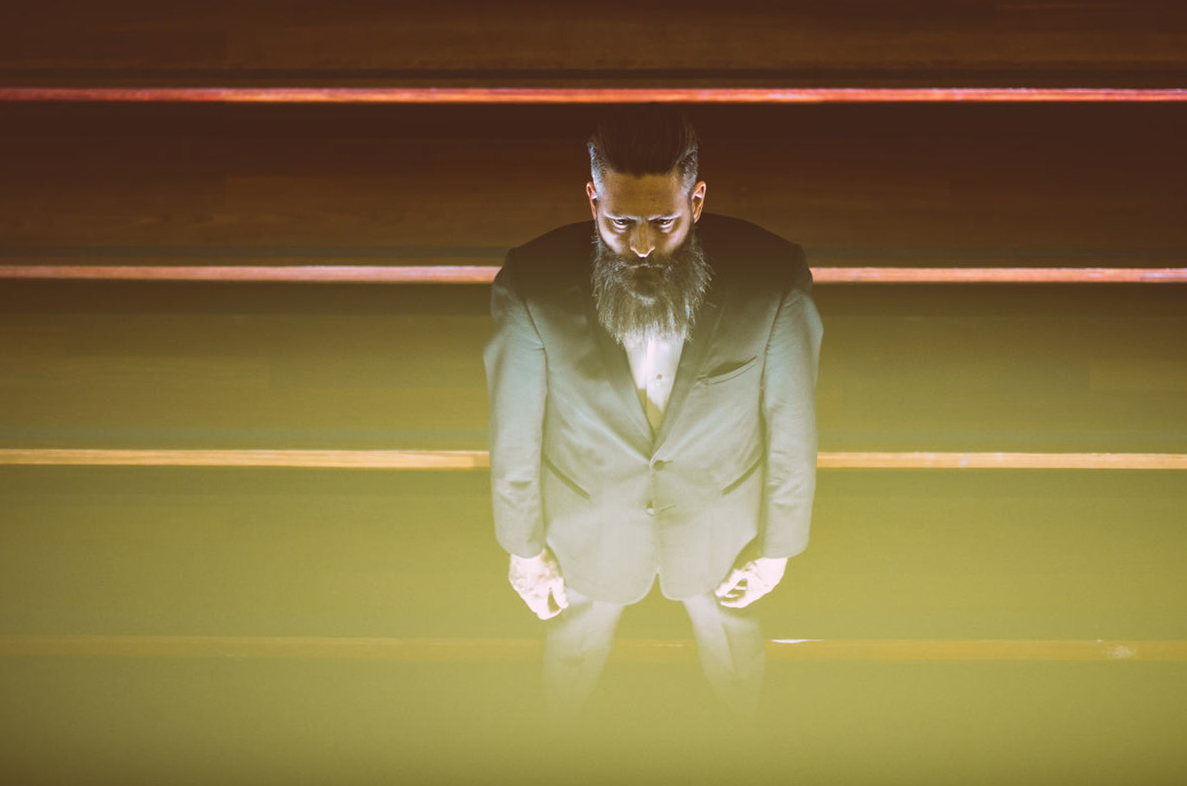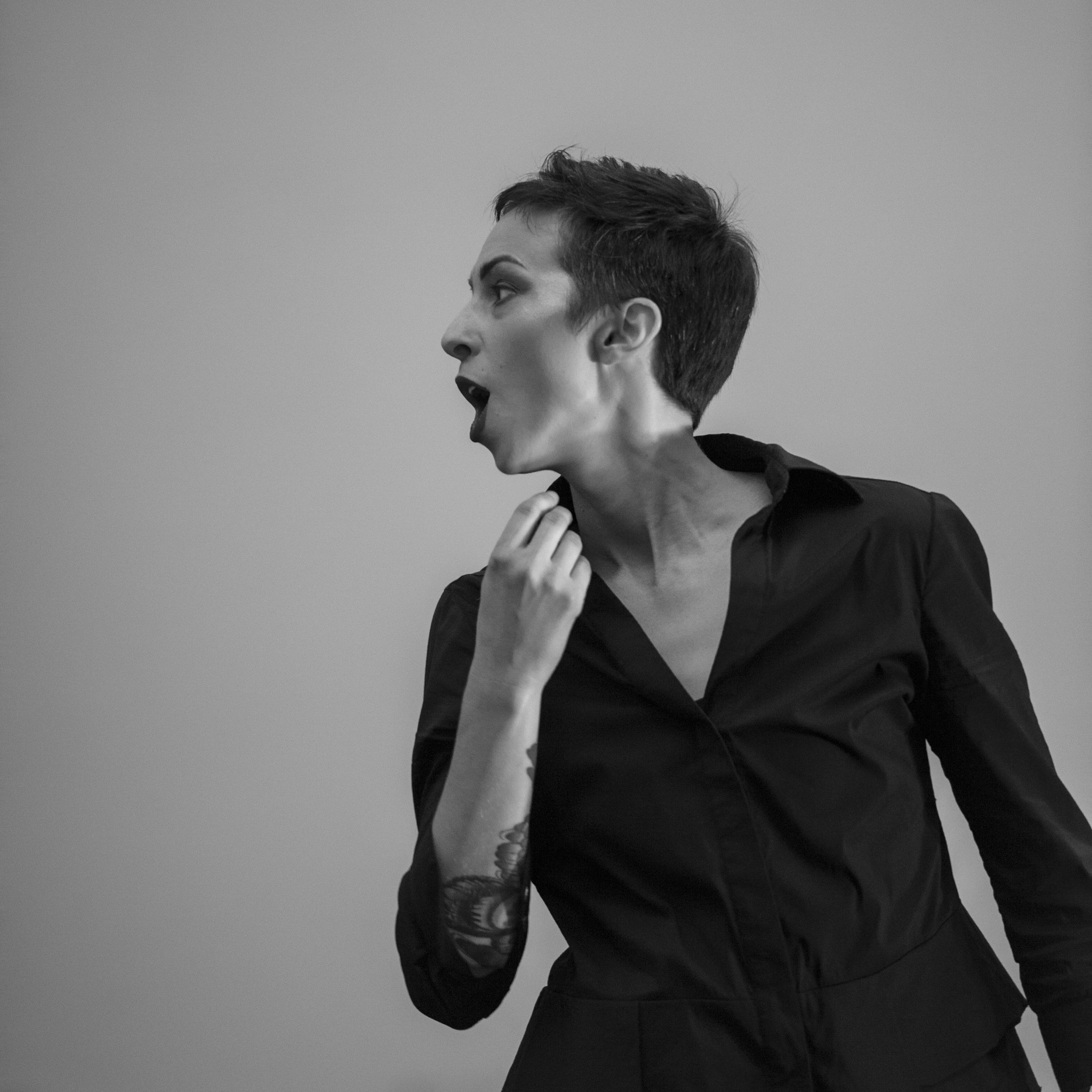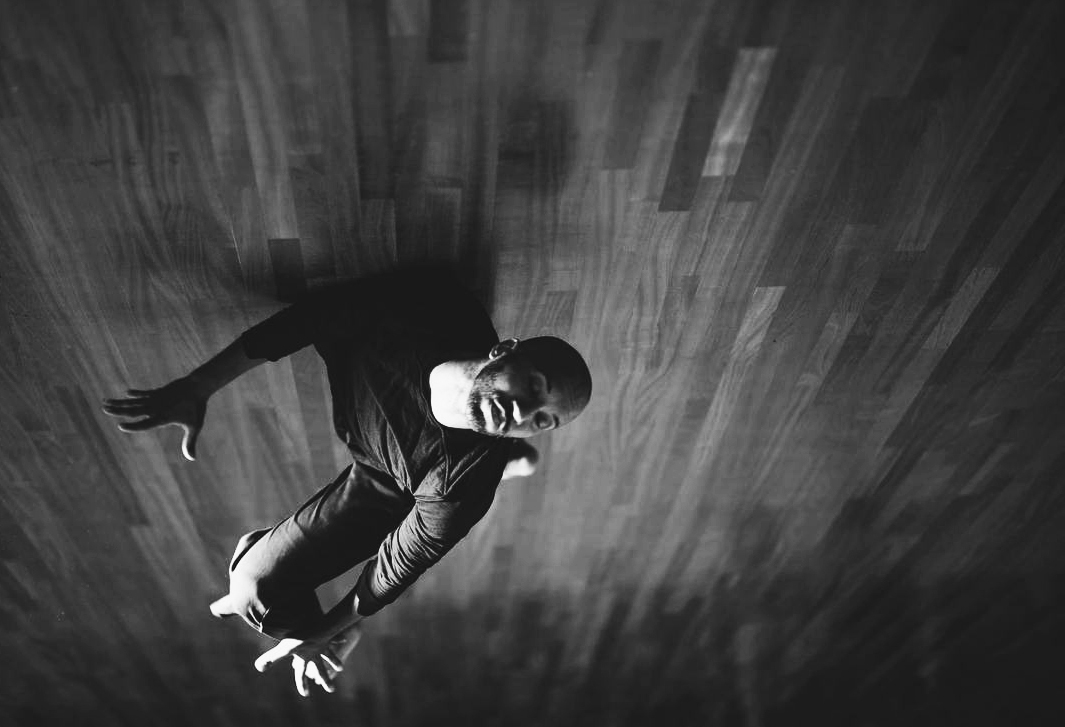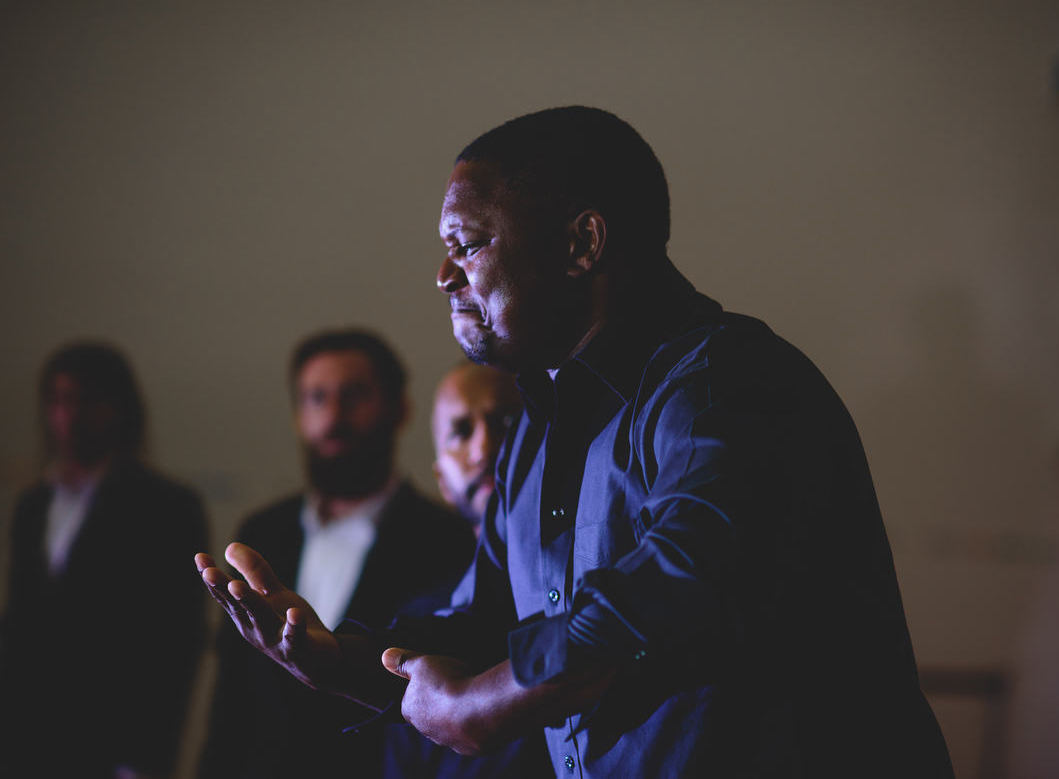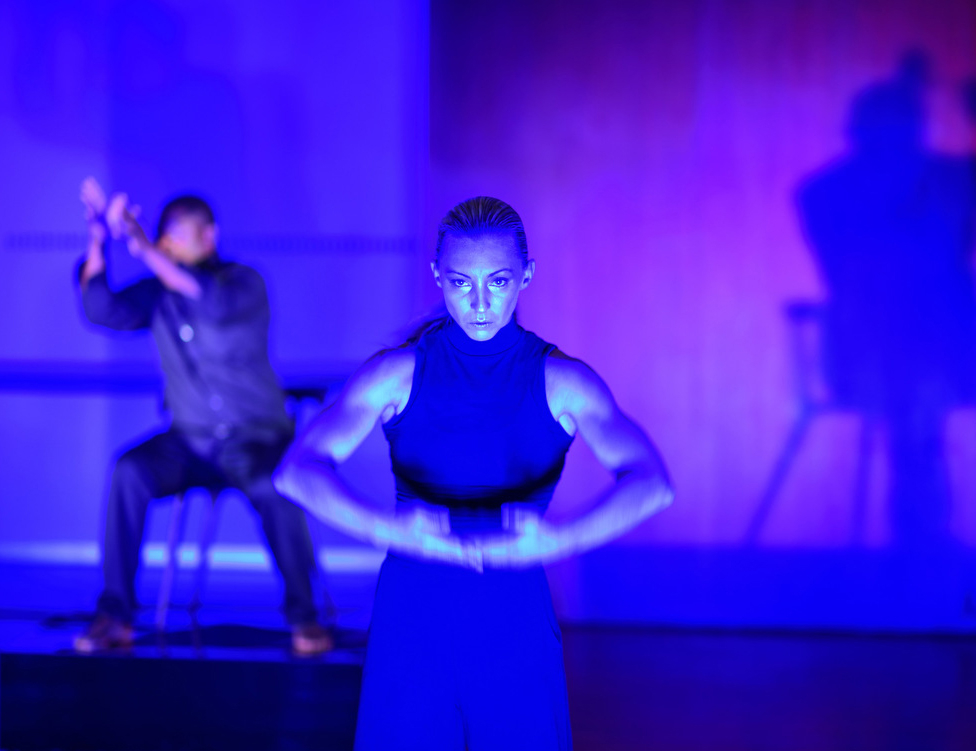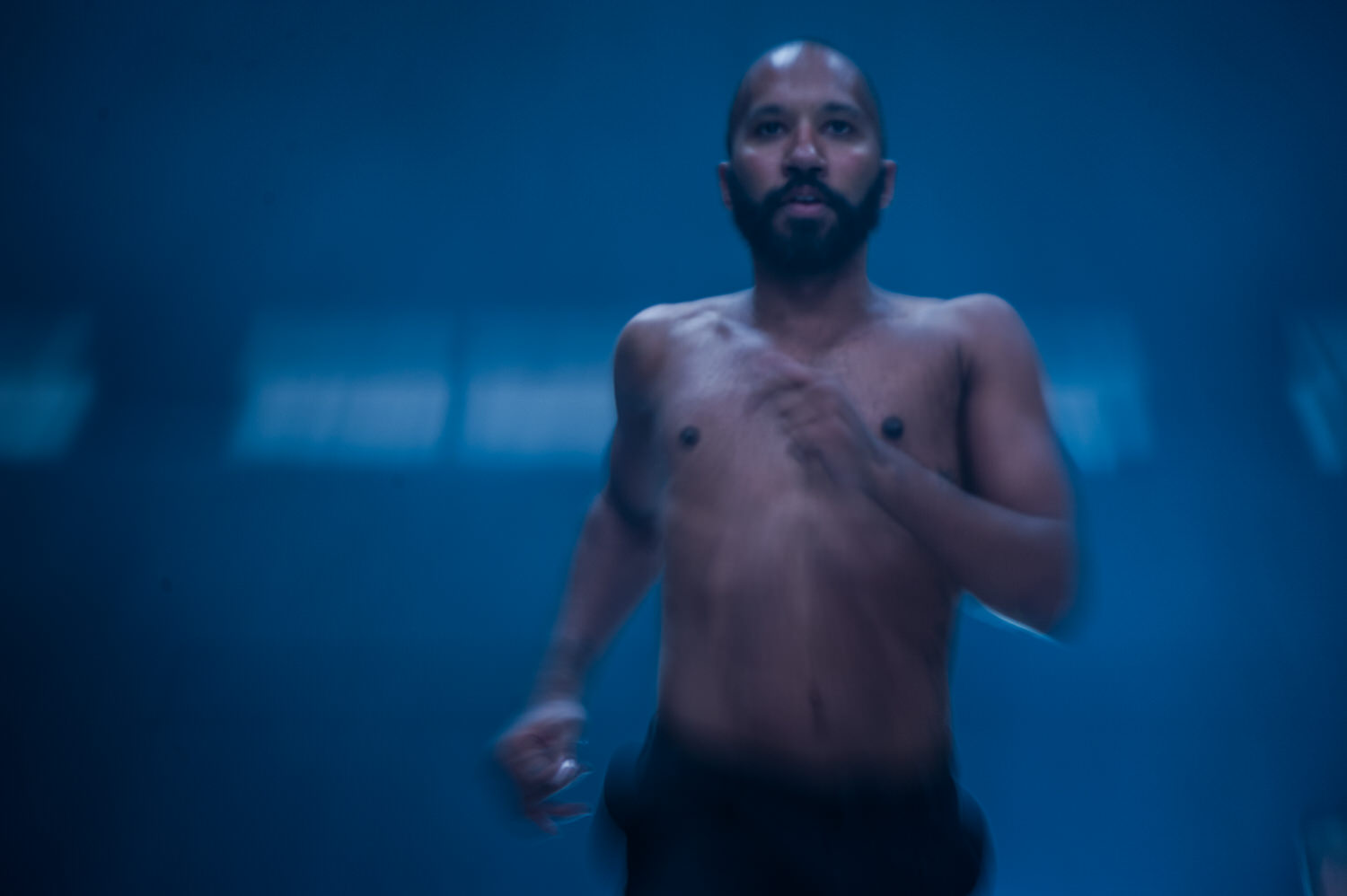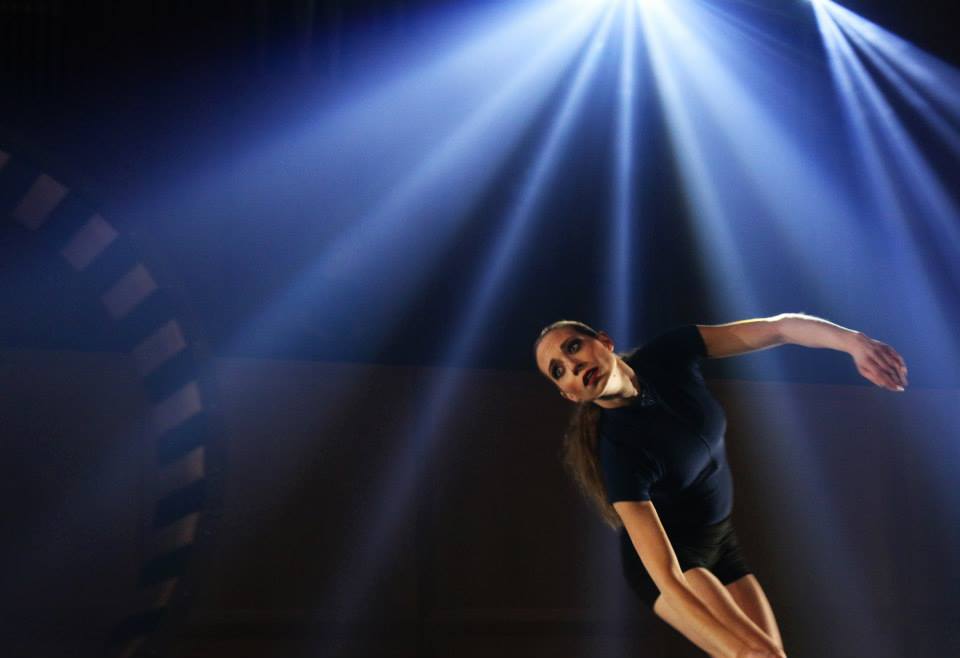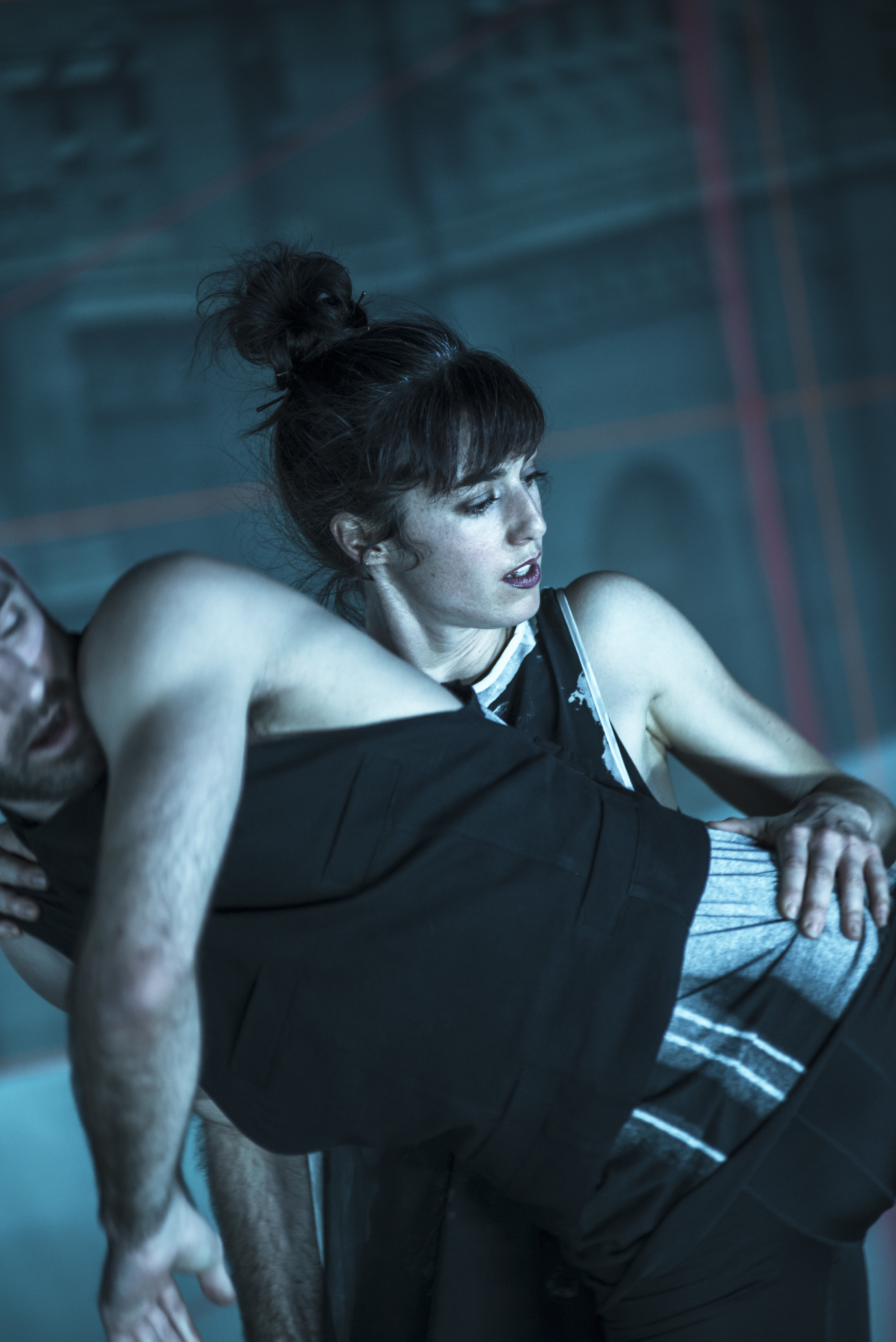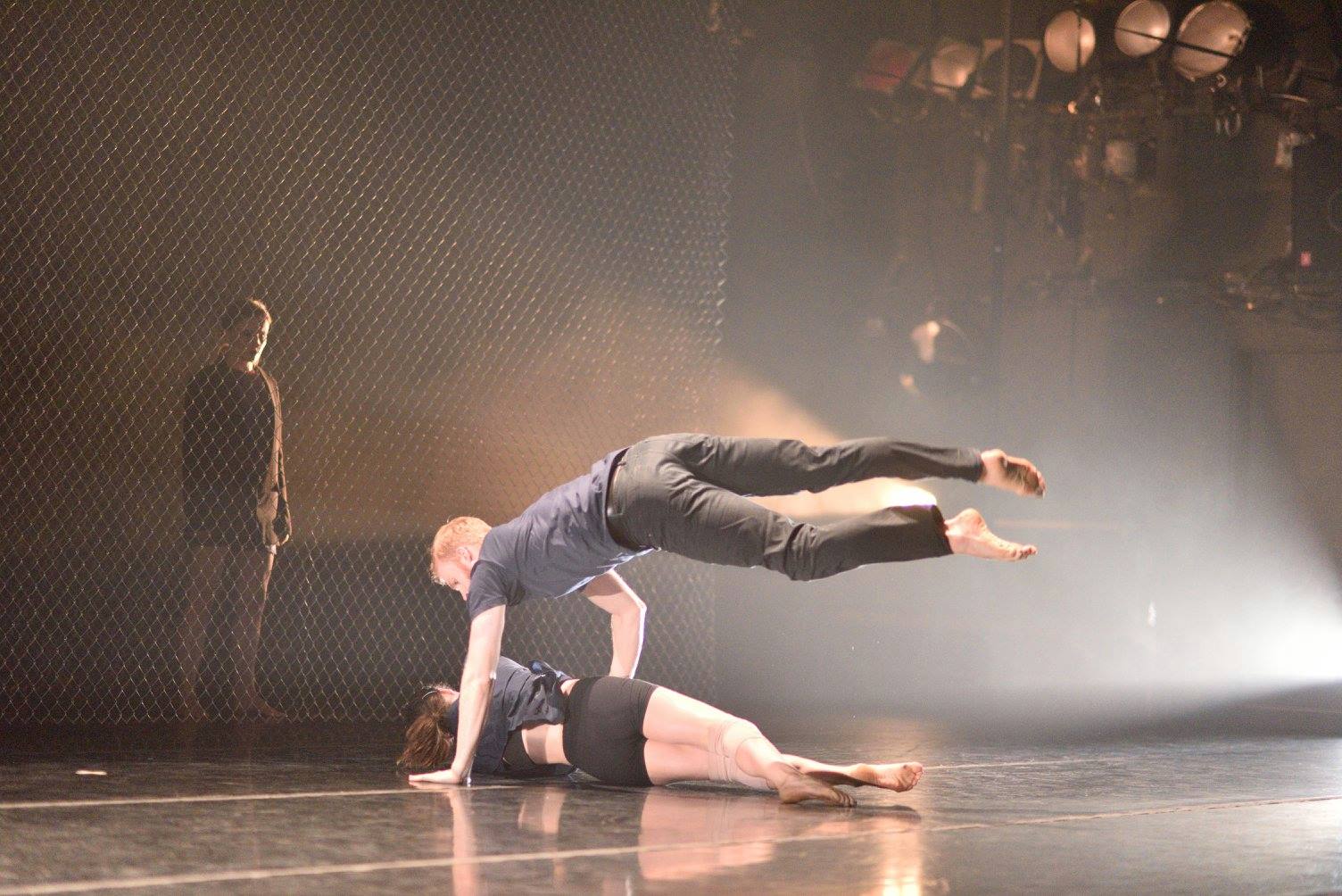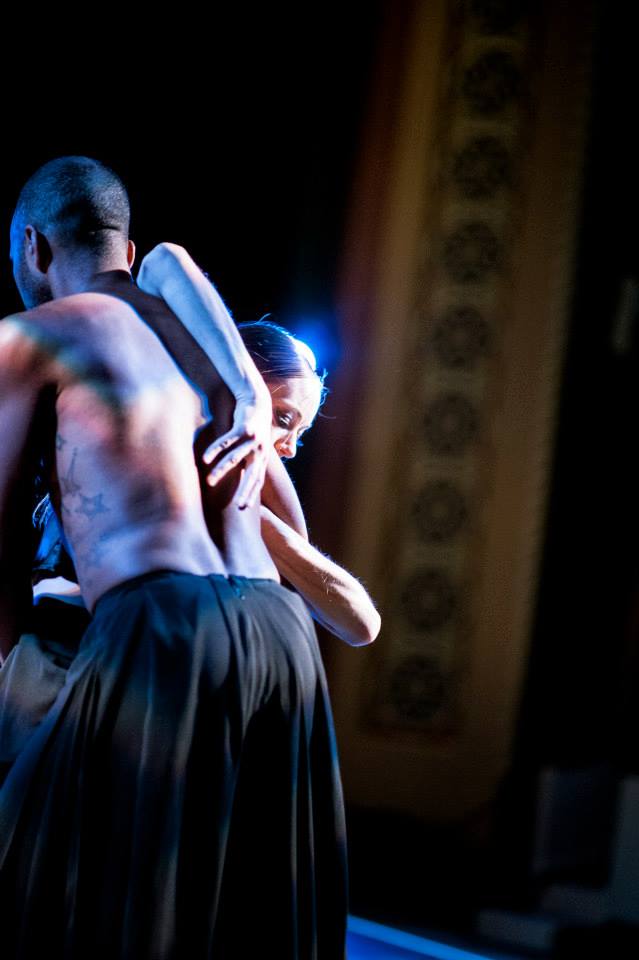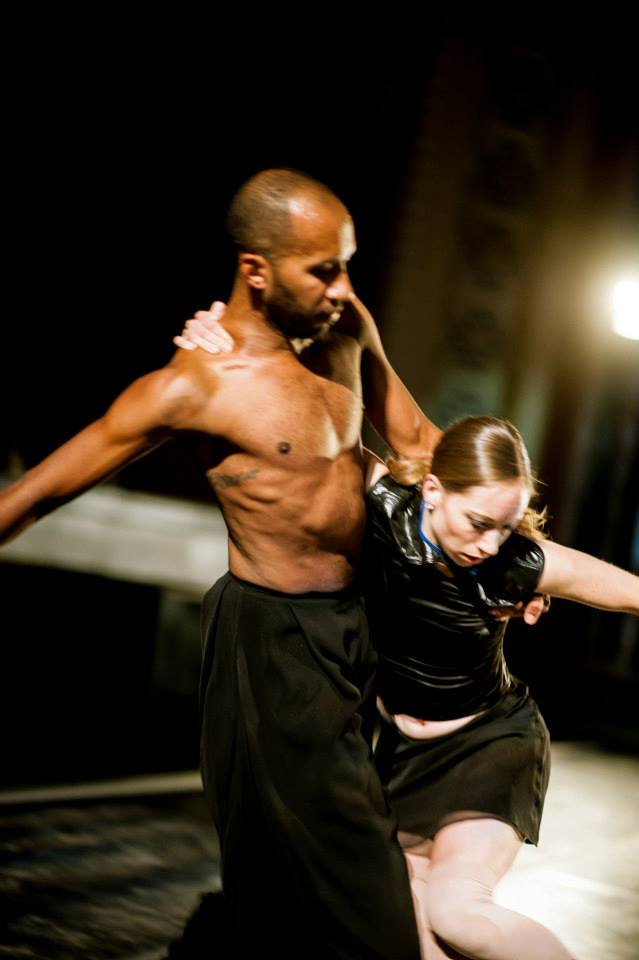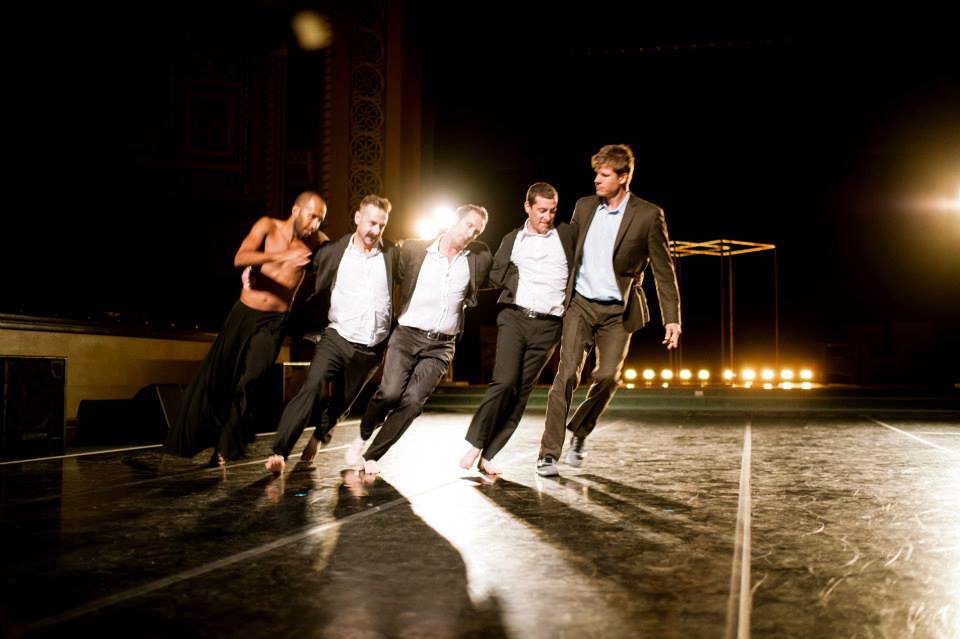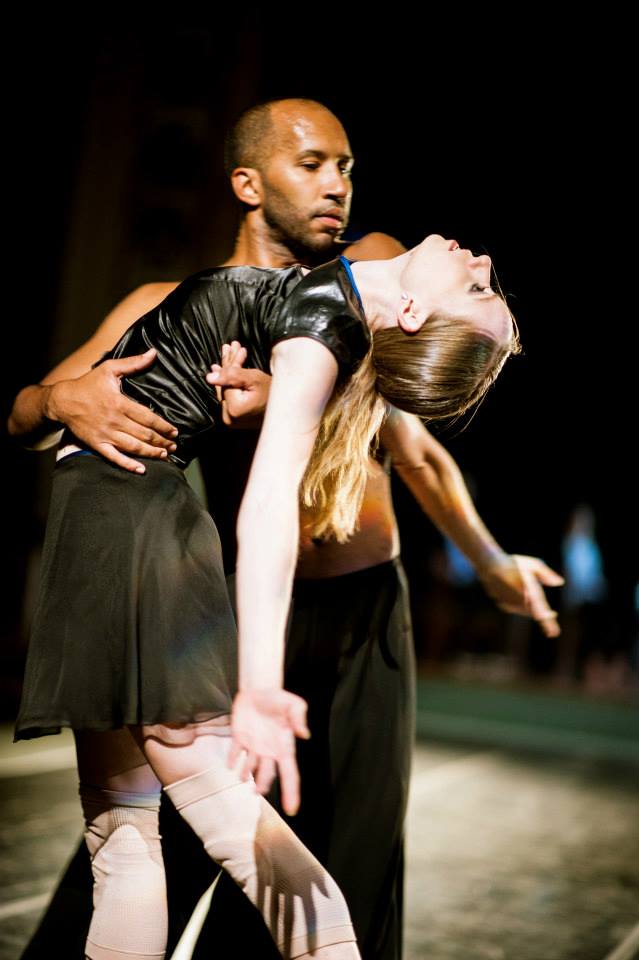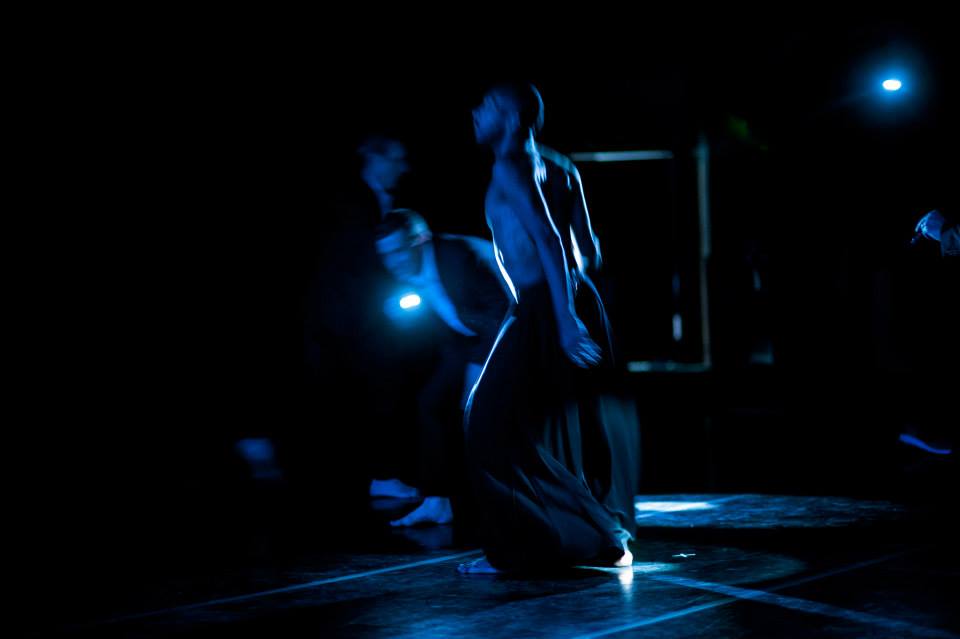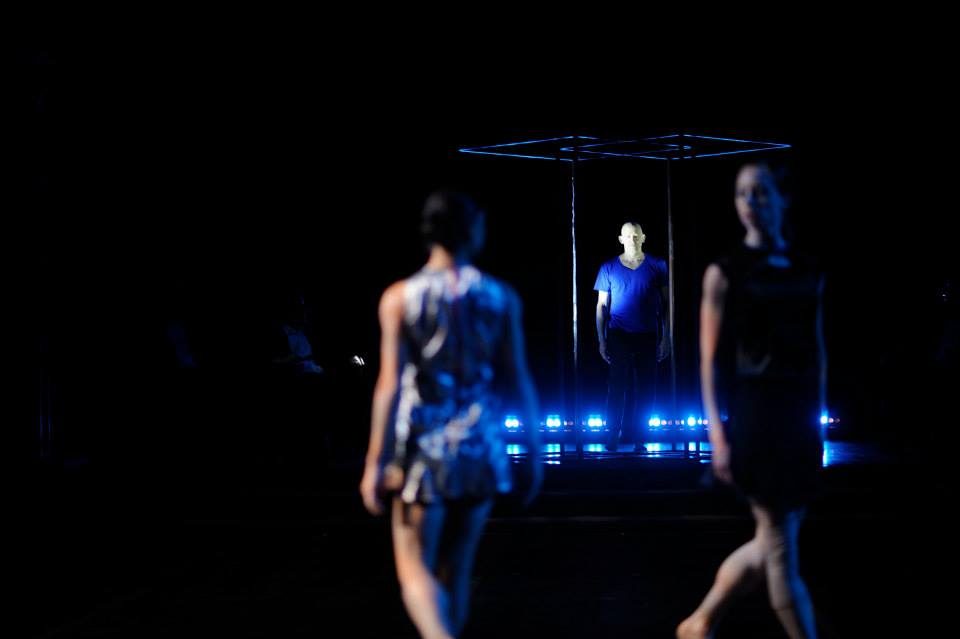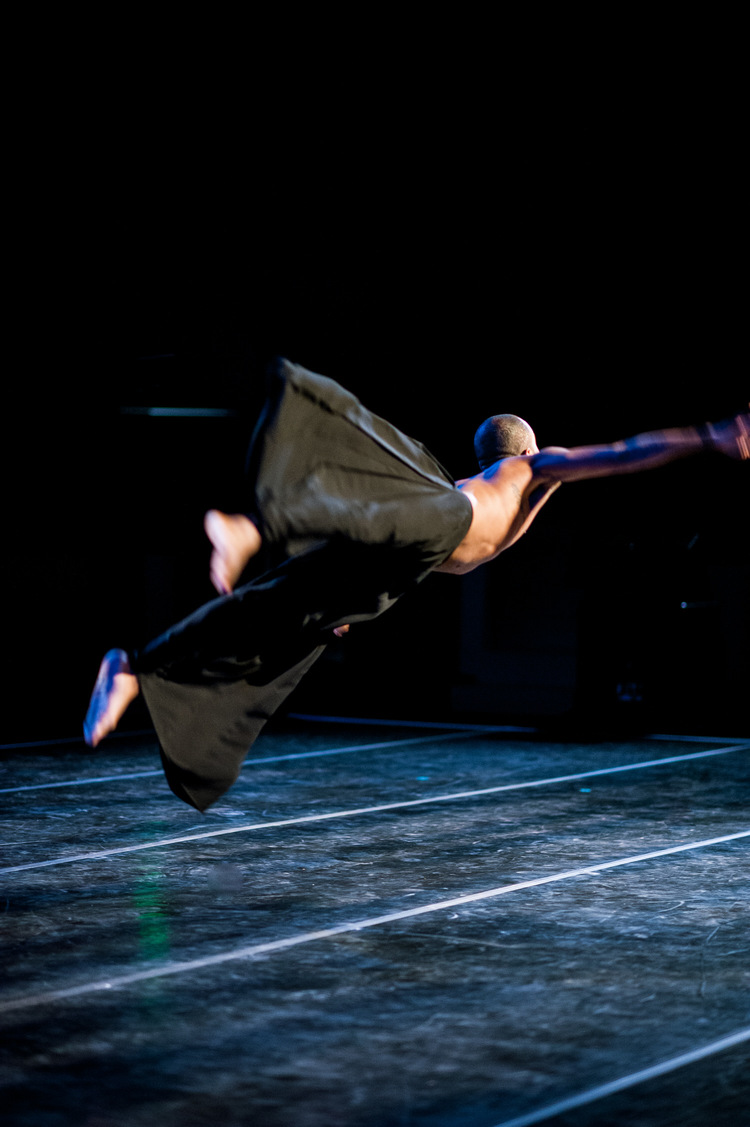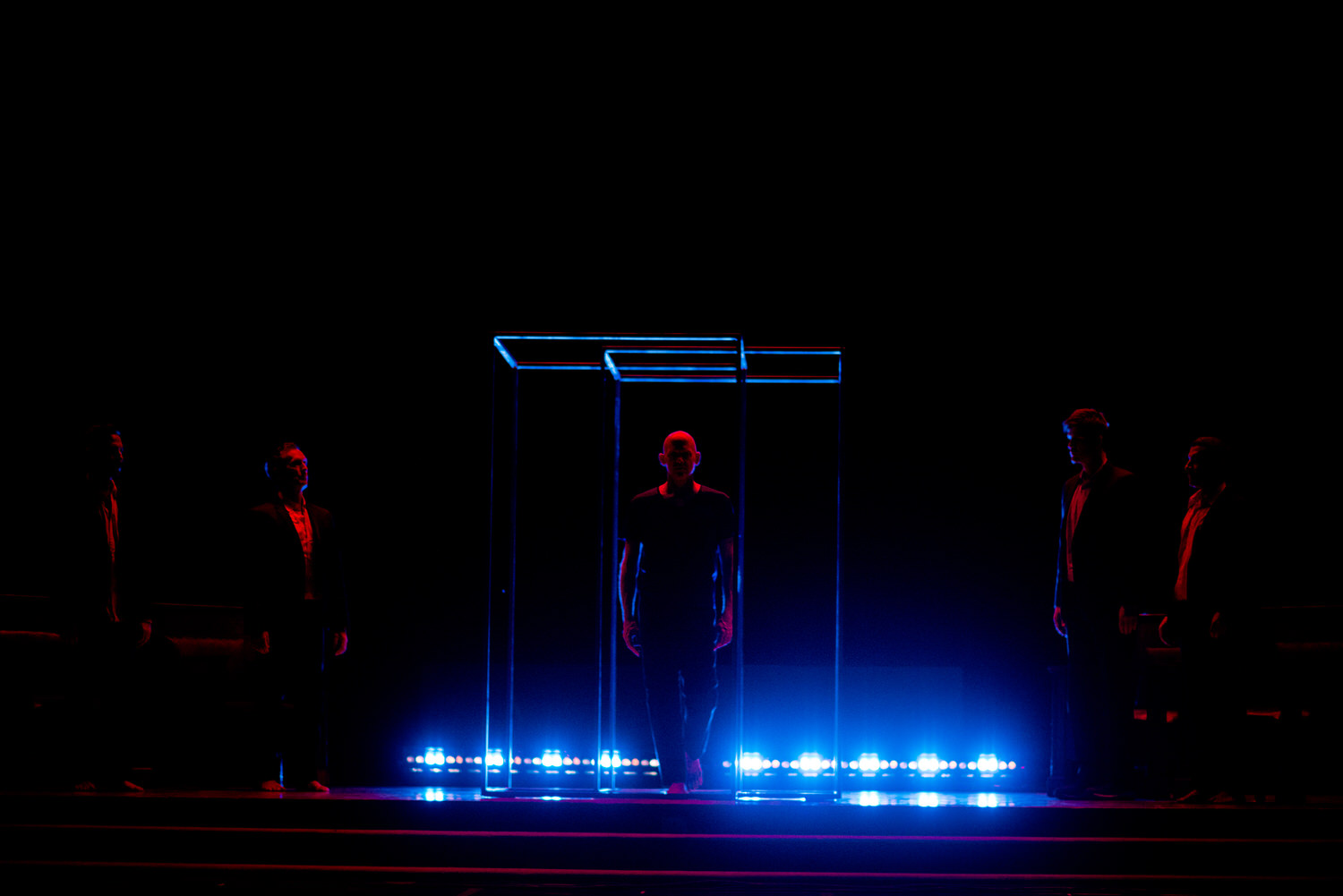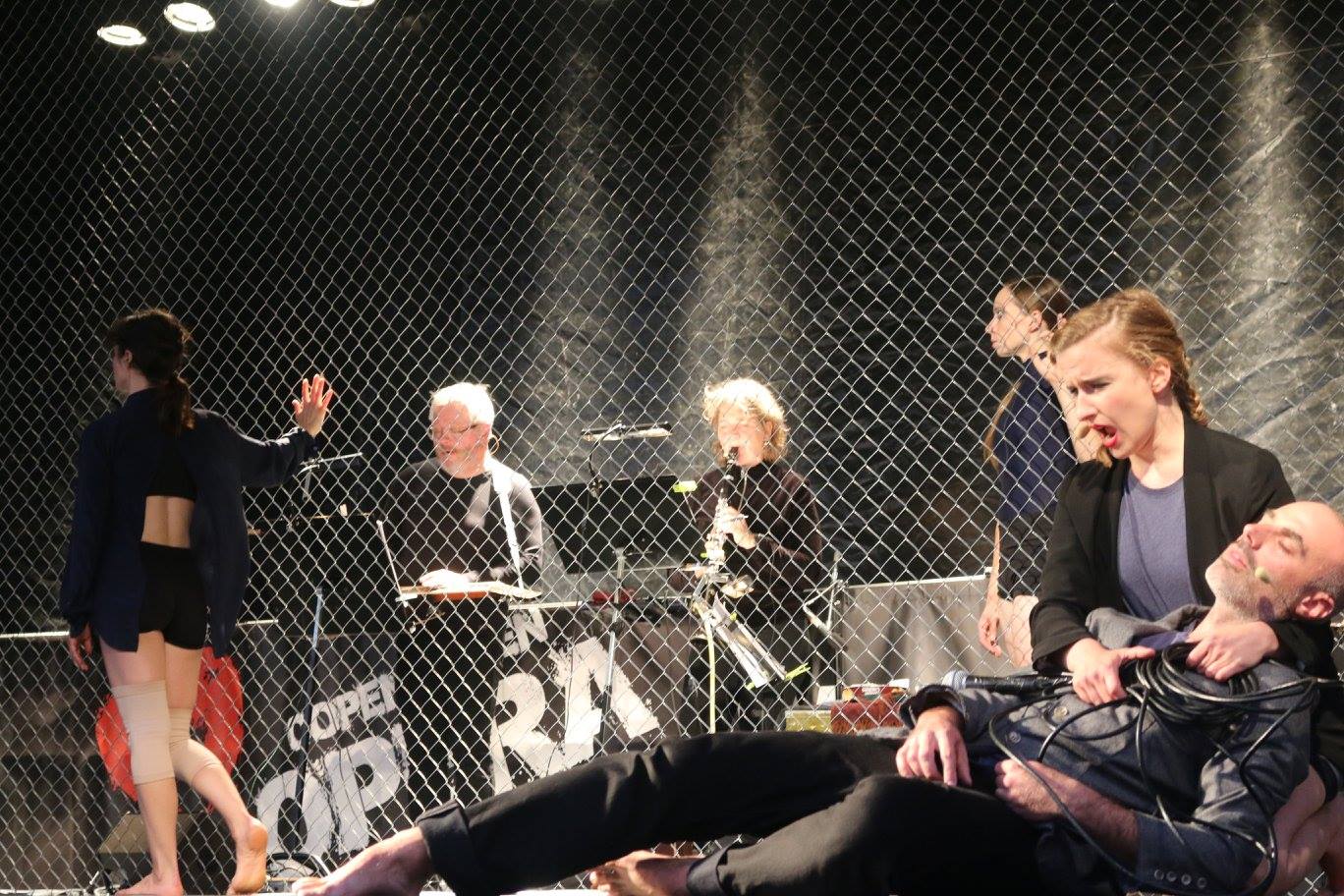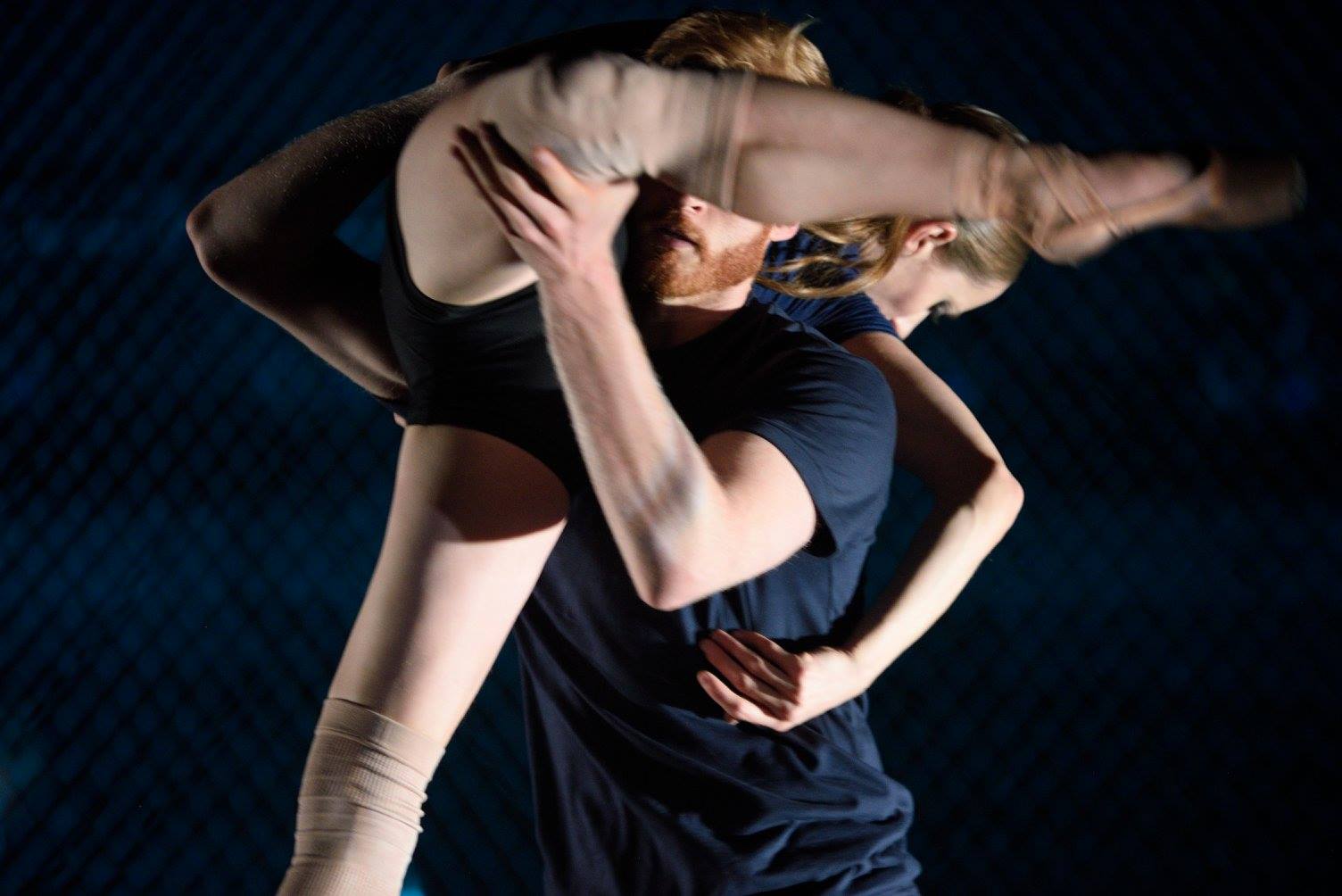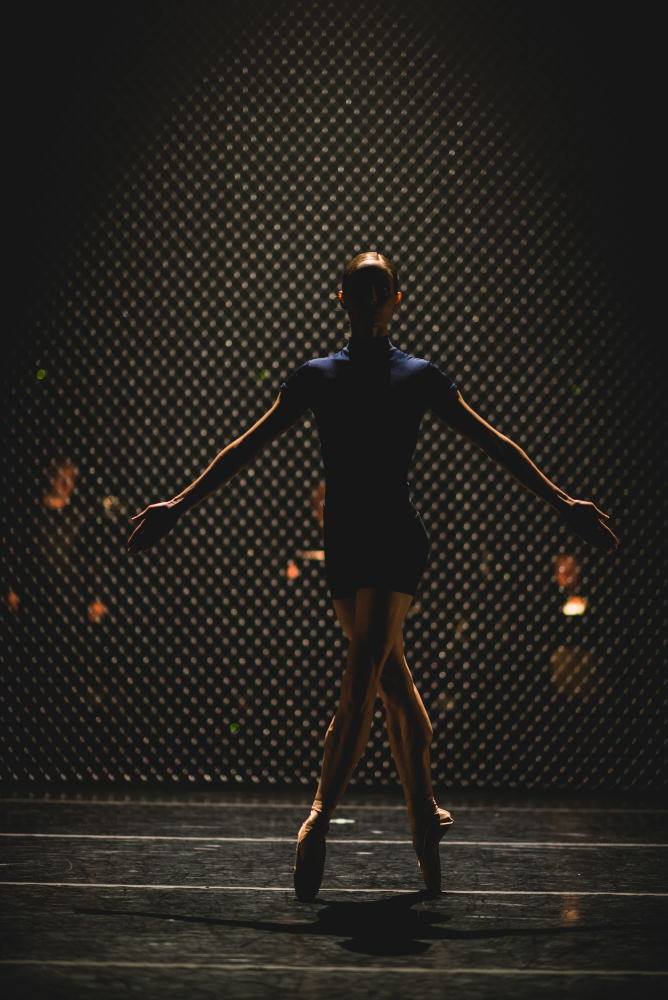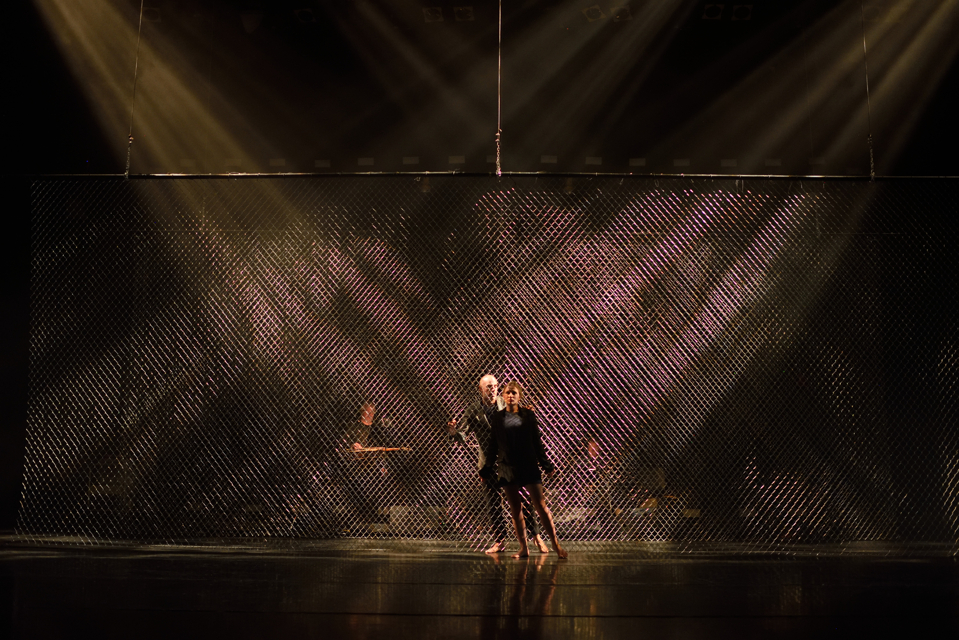Photos from NOW-ID’s production and tour of “Exodus” to the Copenhagen Opera Festival and the Funen Opera House in Odense, Denmark, August 2016..
Without naming names what was the worst experience you have had as a dancer and what was the best?
Tara: Some of the most challenging experiences I’ve had as a dancer was when I really doubted myself and felt insecure about how I was dancing or contributing, which therefore put me too much in my head and overly focused on trying to please instead of following my instincts. Anytime there is toxic energy in rehearsals whether it be with the director or between dancers it takes a lot of energy to try and put a barrier up around yourself to as not absorb the negativity. Although sometimes this kind of tension can still produce an interesting result, so sometimes it really just depends. My best experiences have been when I fully believed in the piece I was in, felt interdependent and energetically connected with the other performers on stage. Moments that felt like markers in my development as an artist.
Katherine: One of the worst experiences I have had was dancing for a choreographer who continued to drastically change their choreography every rehearsal up and through the piece's opening night. Even worse, after dress rehearsal my partner and I, who for weeks had been thinking our duet was a light-hearted, smiley affair and had rehearsed it as such, were yelled at and told, "And why are you smiling?! This isn't supposed to be happy!" It was that nightmare situation where on stage and I felt like I had no clue what I was supposed to be doing. The choreographer clearly lacked direction and confidence. Instead of owning up to it, the dancers took the brunt of the blame. It was a highly unrewarding and nerve-wracking experience.
Sydney: In the past I worked for a company that was primarily image based. I started to lose my passion for dance when it became more about how I looked on the exterior, opposed to how I was performing. Our director had a harsh approach that I feel pushed beyond the limits of professionalism. The environment felt toxic and unnecessarily extreme. Generally, any environment where I feel supported as an artist and challenged as a mover is a fulfilling experience for me. However, one of the happiest times in my life was when I had the opportunity to perform all over Germany, Switzerland and Austria. An opportunity to travel and do what I love is something I will almost never turn down.
Adrian: One of my worst experiences as a dancer became the one of the best experiences. I was performing a show of the Nutcracker and I didn’t make a lift with my partner. This lift worked in the studio and even on stage the night prior in the dress rehearsal. But we were not coordinated in the performance. Even though this lift worked in the studio, it was still a maneuver that I dreaded: I danced the whole Grande Pas de Deux worrying about the press lifts that happen at the end. After that performance I really changed how I approached my work. It ignited a deeper work ethic in me as I was in the studio everyday with my partner practicing in order to make it permanent. That event was more of a mental hurdle for me than a physical one. It was a shedding of ego and an embrace of my weakness that created a different kind of confidence in myself. Dancing invites me to confront my insecurities daily. My dancing partner claims that it was one of the best things to happen to me because it launched me to a place of mental and physical strength that I wouldn’t have discovered otherwise.
Liz: The worst experience was the process of getting my MFA. But the best experiences and relationships grew out of those challenging days, so perhaps it was actually the best experience in disguise?
Jo: Worst: Being trapped in a silver mylar bag (performing a trio where I am unable to see any of my fellow dancers). . .on a bench . . .on a raked stage . . . with the music track skipping. This was during the Edinburgh Festival in Scotland. Positive moment, after the tears and personal freak-out, was being told that it was the best performance we have done thus far.
Best: Returning to NOW-ID after a two-year hiatus (graduate school at the University of Washington). I will always cherish the creative process with CBC, dancing alongside some phenomenal beings (Liz, Sydney, Walter, Karen, Mark, and the men), and re-discovering my passion for dancing. Also, was lovely to create work with fellow artists who have a passion for life, community, and the power of the personal voice (km).
Who are some of the people who have inspired you in your work and why?
Tara: The first choreographer I worked for and my former professor, Keith Johnson, has been a mainstay of inspiration, mentorship and friendship for me in my career. The training I received from him and the aesthetic of his work has influenced and shaped not only my dancing, but the lens with which I view other work from. Another highly influential person has been you Charlotte! Your work has always struck me with its highly articulate and specific movement vocabulary while simultaneously carrying so much velocity and wild abandon. The rigor and physicality inherent in the movement has motivated and pushed me along with just being struck by how prolific you are in creating! In addition I’ve been inspired by the style and aesthetic of Doug Varone, the intelligent and deeply researched work of Hope Mohr, the epic and sensual work of Pina Bausch, the liquidity and brilliance of Crystal Pite and William Forsythe.
Jo:
CBC — obvious.
Damian Lejat
Crystal Pite
Marina Abramovic
They are all creative powerhouses. They all use their physical voice to make a statement.
Sydney: Crystal Pite -- the energy brought to a room through the creative process/branching out to work with all types of artists. Ohad Naharin -- his inventive nature/explorative movement based off of sensation. Charlotte Boye-Christensen -- collaborative achievements/focus on finding movement vocabulary that supports the intention and voice of the piece.
Katherine: Recently I have found a lot of inspiration from my son. Watching him learn to navigate the world and experience so many firsts has granted me a new perspective in my job as an artist. Dancers spend countless hours in the studio trying to perfect our art so that we can accurately portray a character, a relationship, an idea, or an emotion. But in doing so, we sometimes lose the realness, the rawness of life. He has helped to remind me of this. I have also found inspiration from the vast number of dancers, choreographers, musicians, and artists I have worked with throughout my career. There is always more to explore, new perspectives to take, boundaries that can be pushed further and we all have different ways of approaching those challenges. Observing this in others inspires me in my work.
Liz: Dr. Ananya Chatterjea and the artists of Ananya Dance Theater have taught me so much about social justice, the attention to craft that dance requires, and the power of ensemble.
Choreographer Sara Shelton Mann described dancers as “the shamans of Western society” and that inspires me -- the energy work we do through performance is important in ways that I don’t fully know how to articulate.
My friend and choreographer Maya Taylor as built an inspiring freelance career in LA and NOLA in ways that are innovative and cross disciplines. She represents the kind of artist who just gets into the studio and WORKS. I respect that rigor 150%.
Adrian: Underneath a dancer’s hard work is more hard work. I’m inspired by my Ballet West colleagues each day. I’m inspired by dancers who work tirelessly and curiously and who love dancing. I’m inspired by my wife, who is also a dancer, and is also a tireless worker in all realms of her life. She is fully dedicated to curating beauty everywhere and that energizes how I work each day.
What is the project that you have always wanted to do?
Jo: I have always wanted to . . . be a resident choreographer for a contemporary modern company. I have always wanted . . . to teach at a university. Now, I want to close my eyes and sleep.
Katherine: It is the one that I haven't thought of yet. For instance, when Charlotte asked me about dancing in NOW-ID's first project The Wedding, it was unlike any project I had been involved with before and was completely off my radar of possibility. But I grew and learned so much as an artist that summer, in ways I could never have anticipated. Those are the types of projects I want to do.

